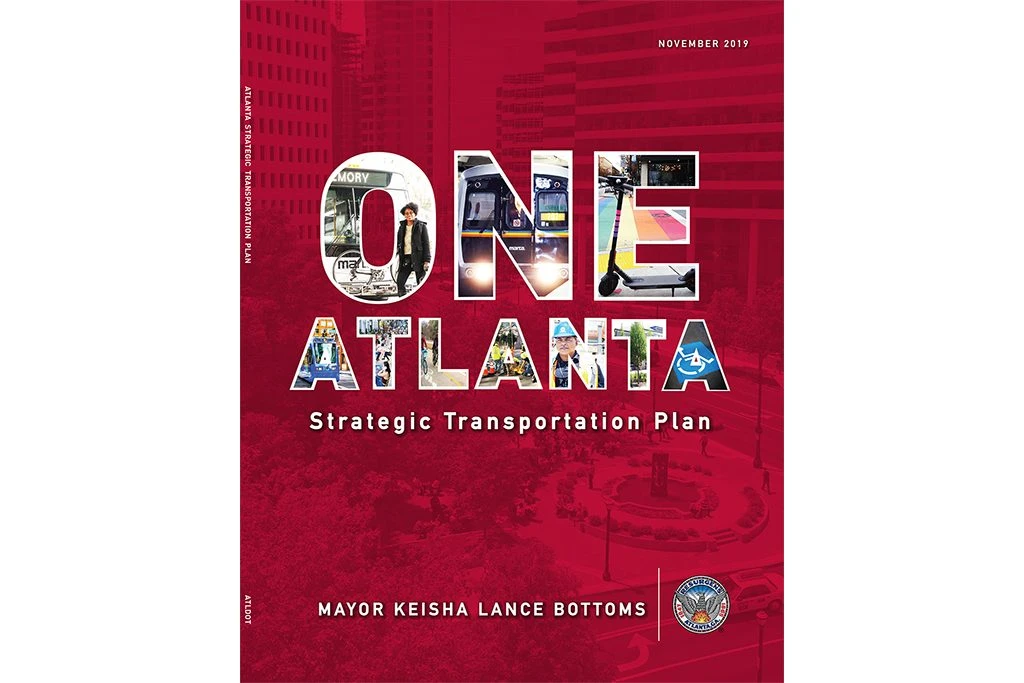Atlanta
Mapping a Strategic Plan for Atlanta’s Mobility Future
Atlanta Mayor Bottoms established the city’s first dedicated Department of Transportation (DOT) and subsequently appointed its first director in order to improve the safety and accessibility of city streets to meet the increasing demands of Atlanta’s growing population.
This first-ever transportation strategic plan is a blueprint for a safer, more equitable and more sustainable transportation network – one where everyone can travel where they need to go and trust that the roads, sidewalks, bike lanes and transit system will get them there safely, reliably and efficiently.
Keisha Lance Bottoms, Former Mayor of Atlanta
Relevant Expertise
Improve Public Space and Neighborhoods
- Pedestrian Infrastructure Improvements
Transform Streets and Mobility
- Bike Share and Cycling Infrastructure
- Bus Rapid Transit Systems
- Modern Transportation Solutions
- Road Safety
- Walkable Streets
Challenge
The Atlanta Regional Commission forecasts that the Metro Atlanta region will add more than 2.5 million people and 1 million jobs by 2040, making forward-thinking transportation strategies critical. The management of Atlanta’s more than 1,500 miles of streets was dispersed across numerous city agencies, all working in silos and without a common set of goals or strategic plan.

Approach
Bloomberg Associates worked with city counterparts in Atlanta to streamline all relevant agencies into one cohesive working group, operating under a shared set of objectives. After first creating a one-stop transportation agency that combines the road construction and repair operations of the city’s Department of Public Works with the long-term planning capabilities of the Department of City Planning’s Office of Mobility Planning, the Mayor then swiftly appointed a new head of the department and unveiled a comprehensive strategic plan with 27 safety and mobility goals to be met over the next three years.
Impact
After establishing clear priorities and leadership in the strategic plan, Atlanta is now positioned to become the leading regional voice on transportation, and to capitalize on opportunities to bring transportation resources to the city. The new agency immediately began work on the adoption of a Vision Zero traffic safety action plan to reduce injuries and fatalities, resurfacing 200 miles of roads annually, upgrading streetlights and traffic signals, increasing bus service and establishing a high-frequency bus network and tripling the size of the protected bike lane network.
Metrics
$200M amount Atlanta will spend on construction of key mobility infrastructure projects
3x protected bike lane network expansion by 2021
20+ miles of new, safer streets by 2021
200 miles of roadways to be surfaced each year